Wonderful Foods That Naturally Fight Inflammation
Finding the right foods for one's body can be a challenge. Everyone is different and what works for some might not work for another. It can be frustrating when a friend can eat fast food all day with no negative side effects, but a bite of something spicy turns your system upside-down. Nevertheless, finding what works best for you is what will keep your body healthy and happy. Check out these foods known for fighting inflammation. Incorporating just a few of them could make a world of difference.
Fatty Fish
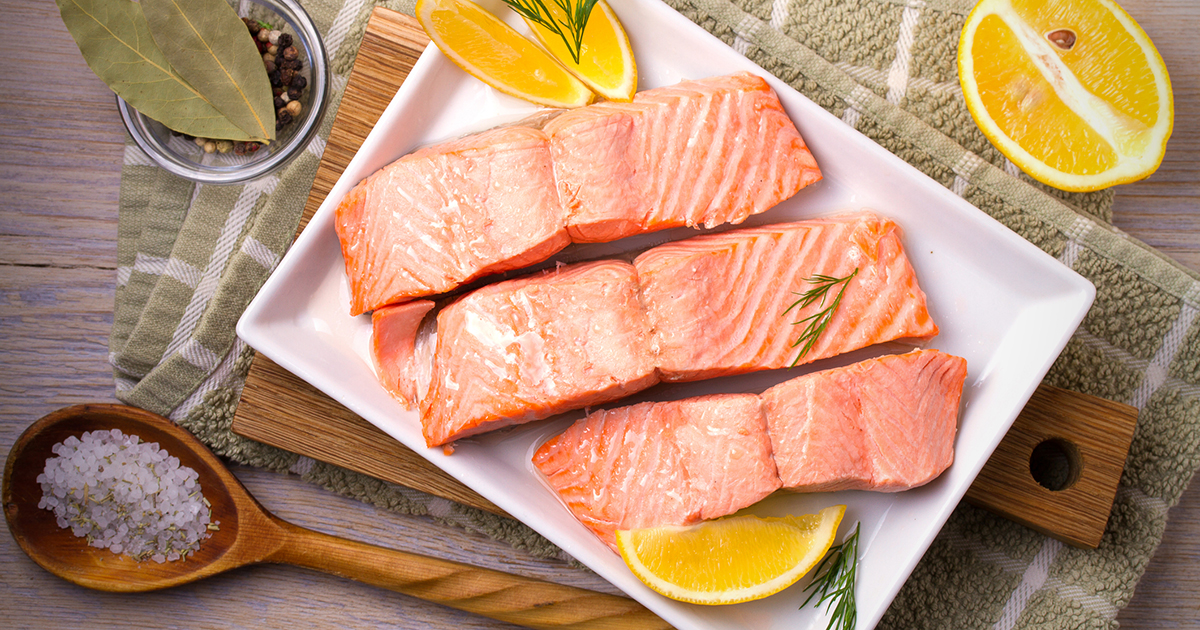
Many seafood products are high in omega-3 fatty acids, which are known for reducing inflammation and helping an individual's body run more efficiently. A few of the best types of fatty fish to go with are salmon, tuna, sardines, and mackerel. These are also great for helping individuals get their protein in for the day and they incorporate many different types of vitamins into their daily diet. Fish make an excellent main course for any meal. If fish isn’t normally your thing, though, there are many recipes that incorporate it into salads, soups, or dips. Look for a healthy option that fits well with your lifestyle.
Whole Grains
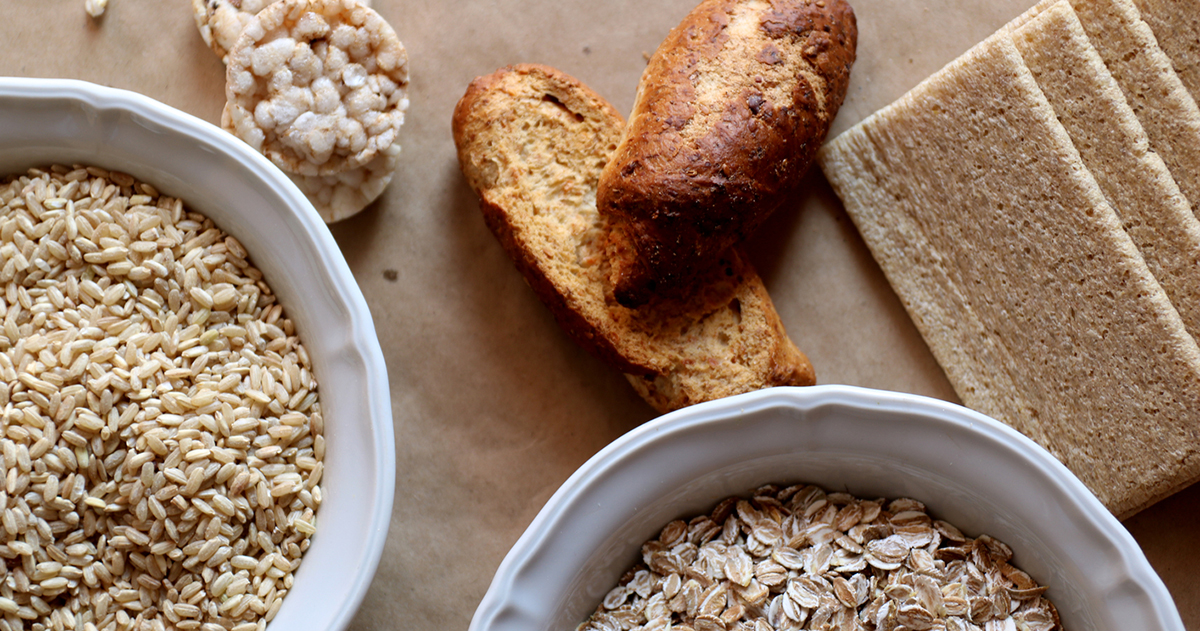
When dealing with inflammation, individuals should be sure to keep away from processed grains and try incorporating natural, whole grains into their diet. Examples of healthy whole grains for reducing inflammation are whole wheat bread, oatmeal, barley, brown rice, and popcorn (as well as countless others). On top of reducing inflammation, whole grains have fiber, protein, and vitamins that will help an individual's body run great. There are many ways to add whole grains to one's meal plan. Eat a sandwich with whole wheat bread, make a whole grain pasta, mix brown rice into a casserole, or throw a movie night with some popcorn (just keep the salt and butter to a minimum).
Dark Greens
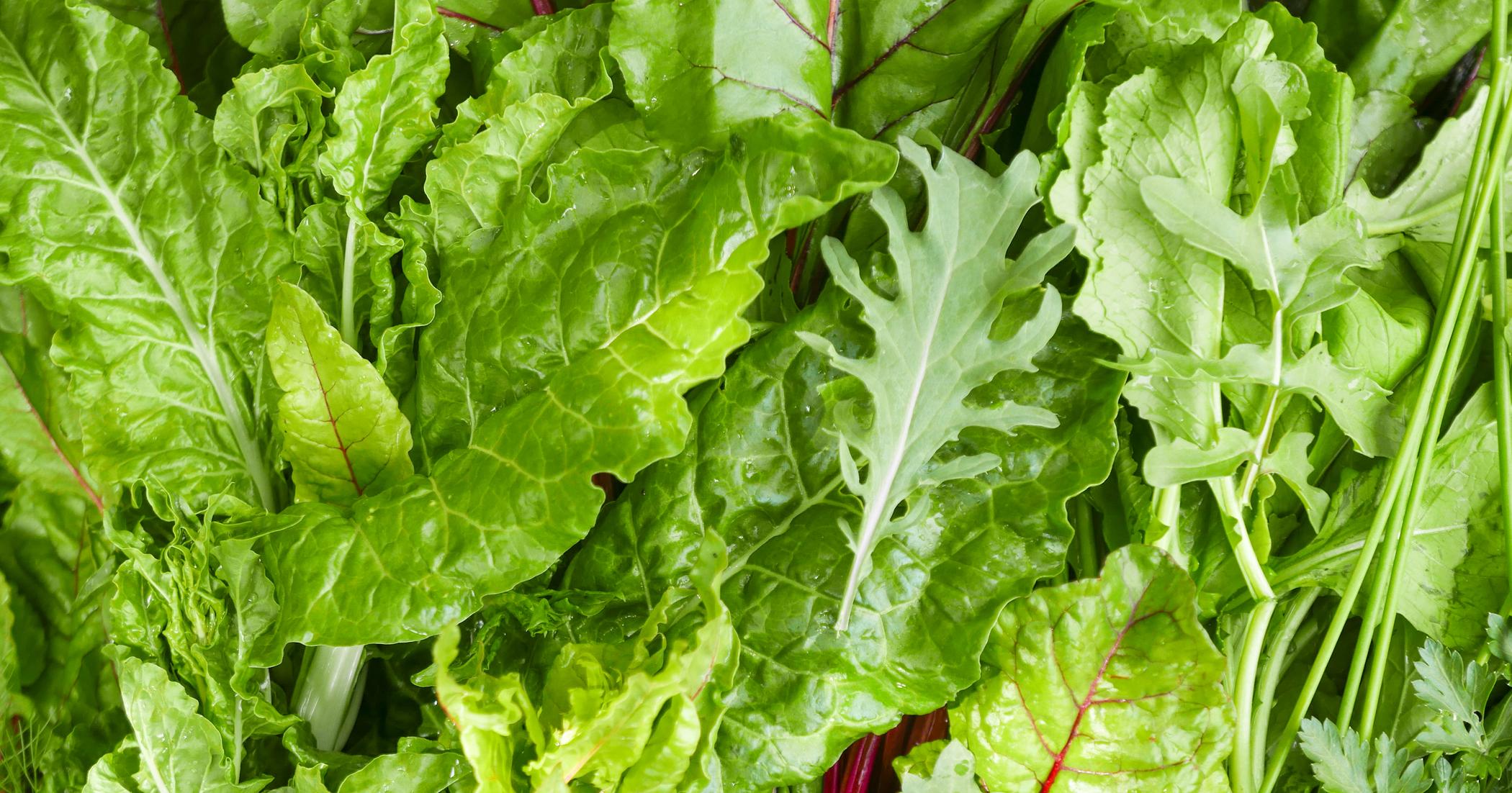
Individuals fighting inflammation should consider throwing some dark, leafy greens in their next meal. Leafy greens contain vitamin E which helps greatly reduce inflammation throughout the body. Dark greens are also known for helping keep individuals upbeat and moving, reduce bloating, and overall maintain good health.
Broccoli, collard greens, and cabbage make great side dishes, and are quite easy to incorporate into any meal, and spinach and kale are great additions to a salad. In general, leafy, dark greens have a lot more vitamins and nutrients than lighter greens, so individuals should make sure to add them to their shopping cart the next time they are in the produce aisle.
Nuts
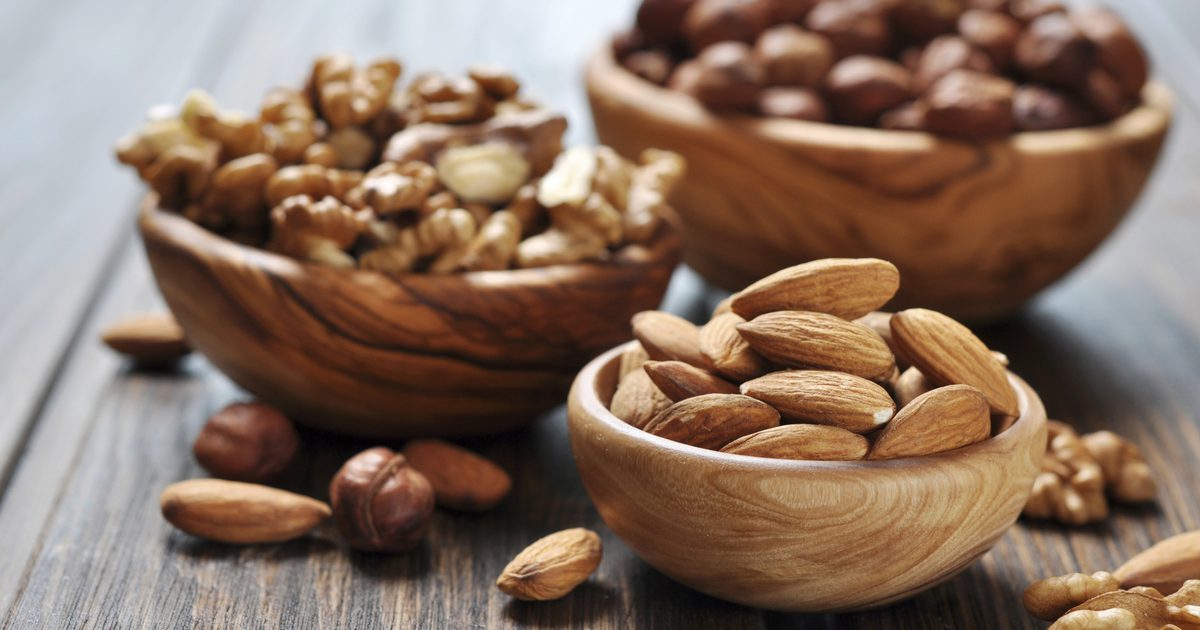
Nuts are filled with antioxidants which help fuel the body. Antioxidants reduce inflammation and provide countless other health benefits as well, such as preventing disease and delaying the aging process. They are also high in fiber, helping individuals stay fuller longer. Almonds and cashews are the best bet, but any type will provide great health benefits. Throw them in a salad, eat them plain as a snack, or use them as a garnish on almost any dish. They will work hard to keep an individual's body functioning normally, as well as make them full so they can keep their calorie count in check.
Colorful Peppers

Colorful bell peppers, as well as spicy peppers (such as cayenne and jalapeno), have been shown to reduce inflammation for some individuals. Peppers are very low calorie and are filled with great nutrients, helping the body run efficiently. They also have high levels of antioxidants, adding countless health benefits to any diet. Peppers can be easily incorporated into just about any meal. Slice them up and add them to fajitas, pasta dishes, or just eat them plain. They can also be chopped up and thrown in with meats or incorporated into casseroles and soups. These are just a few of the many ways peppers can add flavor to meals, while helping the body run smoothly.
Beans

Beans are high in fiber and protein making them an excellent addition to anyone's regular meal plan. One of the many health benefits of beans is their anti-inflammatory qualities. They also are filled with antioxidants and a variety of vitamins and nutrients, so individuals should be sure to stock up next time they are in the grocery store. Beans are quite filling so individuals can easily use them as a replacement for foods that tend to spark inflammation, such as red meats and French fries. They can be used as a side dish, added to soups, chilis, and casseroles, paired with rice, or used in countless other recipes.
Ginger
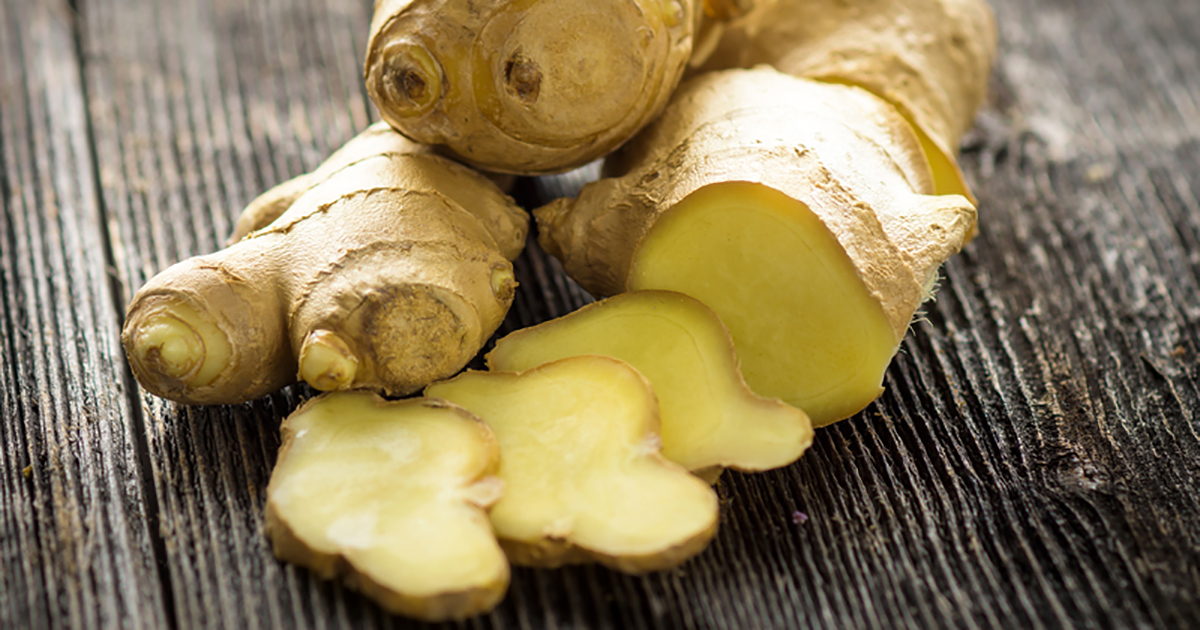
Ginger root has a ton of health benefits forindividuals looking to improve their diet, and toning down inflammation is just one of those. Ginger also helps ease an upset stomach, reduce heart issues, ease muscle soreness, and has many helpful vitamins and nutrients.
Obviously, drinking ginger ale is a common remedy for curing an upset stomach, but this may not be the best option for fighting inflammation. Instead, try drinking ginger tea by adding some finely chopped ginger to hot water. After a few minutes, strain out the ginger and enjoy! Ginger can also be incorporated into many recipes or use it as a garnish.
Tea
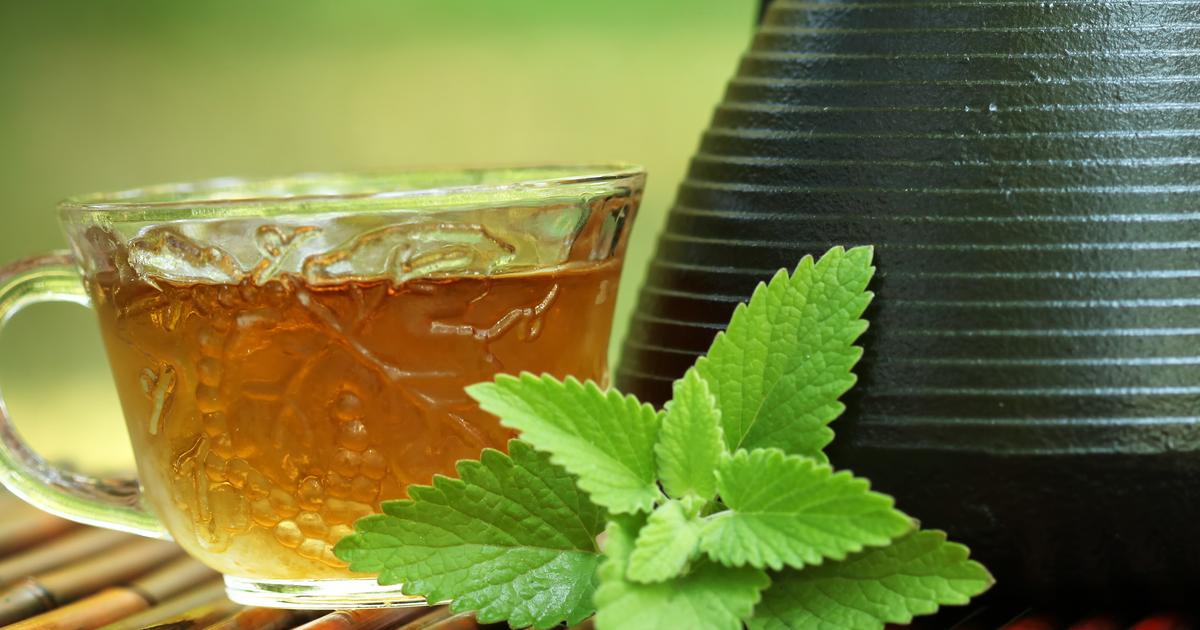
It is clear antioxidants are great for the body. They help keep things functioning like they are supposed to and keep individuals fueled so they are ready to face the day. Tea is known for containing antioxidants, as well as reducing the risk of heart disease, cancer, and diabetes. There are a variety of types of teas, so it is almost guaranteed individuals can find something that works for them. Green tea, white tea, and black tea are just a few of the countless types individuals try. Each type has many different options, as well, as far whether they want something smokier, something more citrusy, or something more earthy. Of course, a nice green tea is said to have more antioxidants than many other kinds of tea, so it is important to make these inquiries as well.
Fruits

Fruits are great for reducing inflammation. On top of helping with that pesky bloated feeling, they provide a wide range of health benefits to keep an individual's body running right. They are another food high in helpful antioxidants and will work well in keeping things running through an individual's system. It is very simple to incorporate fruits into one's meal plan. They make a great between-meal snack, keeping individuals full and fueling their body. They also are great in salads and work in a variety of breakfast foods, such as pancakes, muffins, or just thrown into cereal. Look for healthy recipes that incorporate fruit to start each morning right while getting in one of the recommended daily servings of fruits and vegetables.
Dark Chocolate

Yes, you can still eat healthy, while incorporating chocolate into your diet. When it comes to reducing inflammation, dark chocolate is a great thing to munch on. Eating appropriate portions also helps reduce the chances of having heart issues and other health issues, such as strokes or diabetes. Dark chocolate can be eaten alone, making it a good choice for a midday snack. It can also be put into oatmeal, baked goods, or healthy homemade ice cream. Those feeling a little more adventurous can add some dark chocolate to their more savory dinner meals, like chili, or put it into a spicy sauce. There are countless ways to pair chocolate with any meal, so look up some great recipes today!
Olive Oil
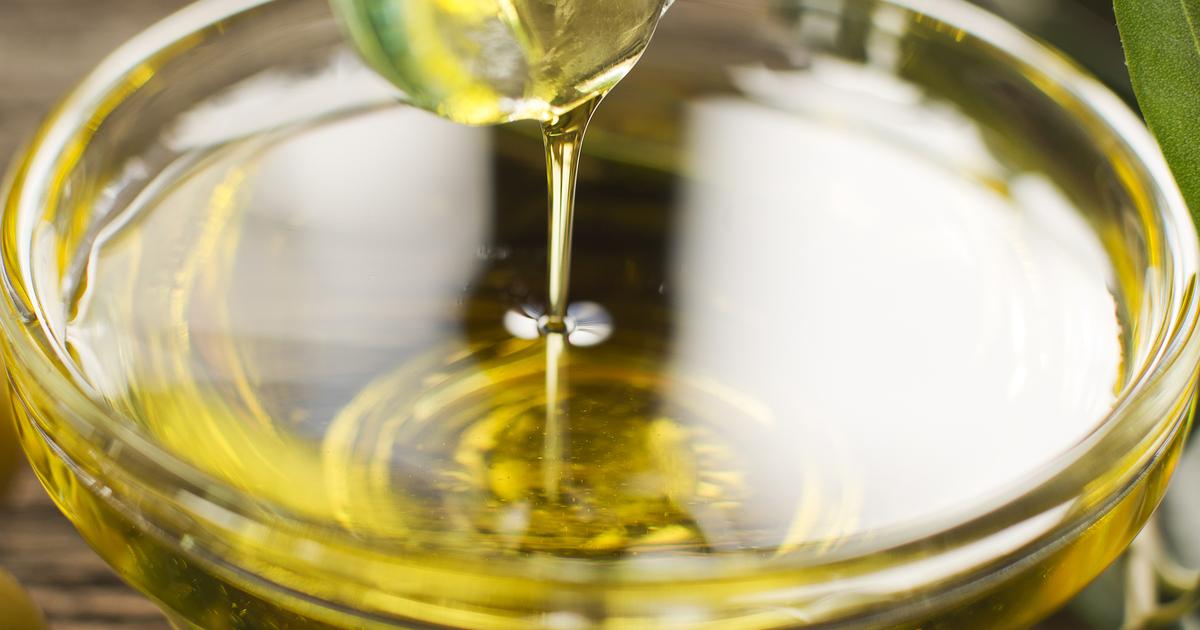
Olive oil is a basic and integral piece of the Mediterranean diet. It is considered one of the healthiest oils for cooking because it is mainly comprised of monounsaturated fatty acids, a healthier form of fat. This oil has been shown to lower cholesterol levels, help with blood sugar control, and improve blood vessel function. In addition, the oil helps reduce the signs of inflammation in the body. It contains high levels of oleocanthal, an antioxidant that reduces the chemical markers of inflammation in the blood stream, a sign of lower inflammation. There are higher levels of oleocanthal in the extra virgin variety of olive oil as compared to more processed varieties. For this reason, patients looking to reduce inflammation through diet should look for extra virgin olive oil.
Avocados
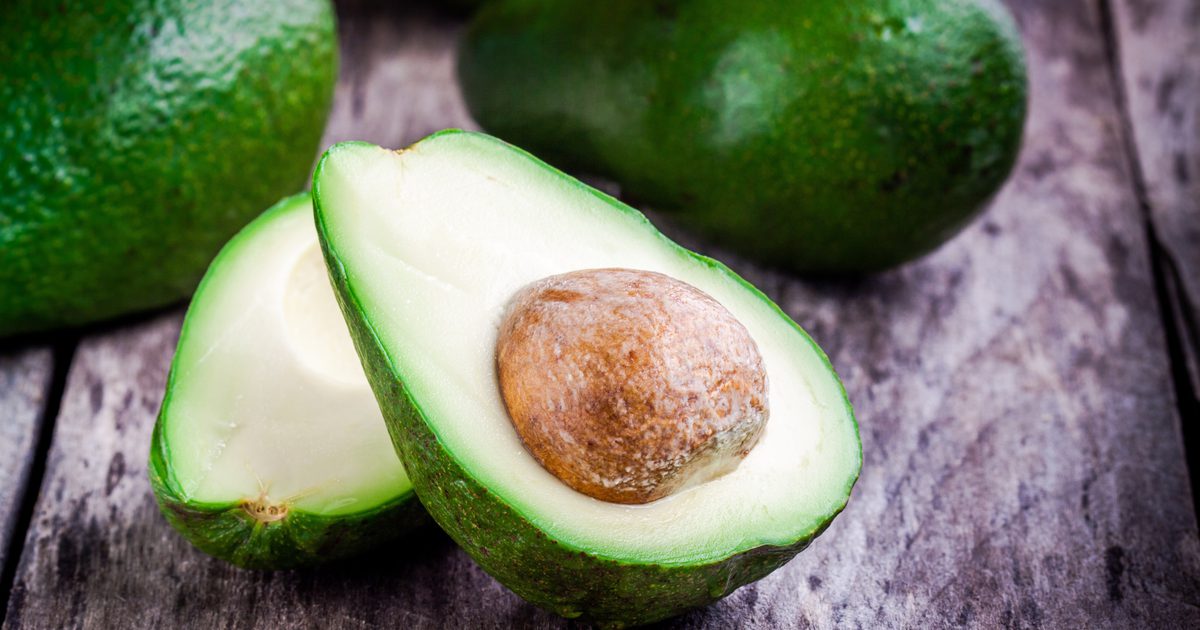
Avocados have grown in popularity as a powerful health food. Although they are one of the few fatty vegetables, they contain monounsaturated fats, the best type for heart health. They also contain carotenoids that reduce the risk of cancer. Avocados are high in antioxidants, which we know can lower levels of inflammation in the body. Recent studies have suggested eating avocados can offset some of the inflammation caused by less healthy food choices. Subjects who ate a hamburger with a slice of avocado had lower inflammation marker levels than those who ate the hamburger alone. There is growing evidence indicating the large seed of the avocado may contain even stronger anti-inflammatory power than the rest of the vegetable. The seed extract may have properties similar to steroids and common nonsteroidal anti-inflammatory medications.
Mushrooms
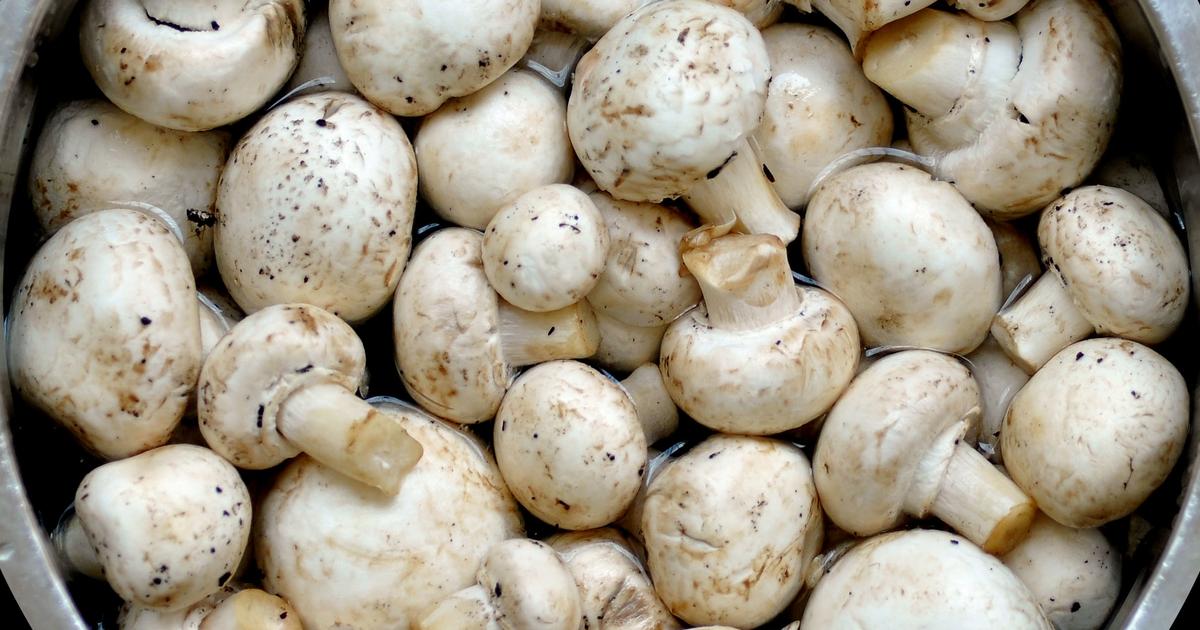
Throughout the centuries, mushrooms have been part of the folk remedies of many cultures. These common fungi have complex chemical properties that are still being studied. The edible varieties have a high nutritional value, providing complex carbohydrates, minerals, and vitamins. As scientists continue to break down the many compounds in fungi, they are finding individual chemicals known to be anti-viral and anti-inflammatory. Among the anti-inflammatory compounds are phenols, antioxidants, and terpenoids. If patients are incorporating fungi into their diets for the anti-inflammatory effects, it is important they know the species they are eating, because only a few varieties are safely edible. In addition, the anti-inflammatory effects are greatest in raw mushrooms as opposed to cooked.
Turmeric
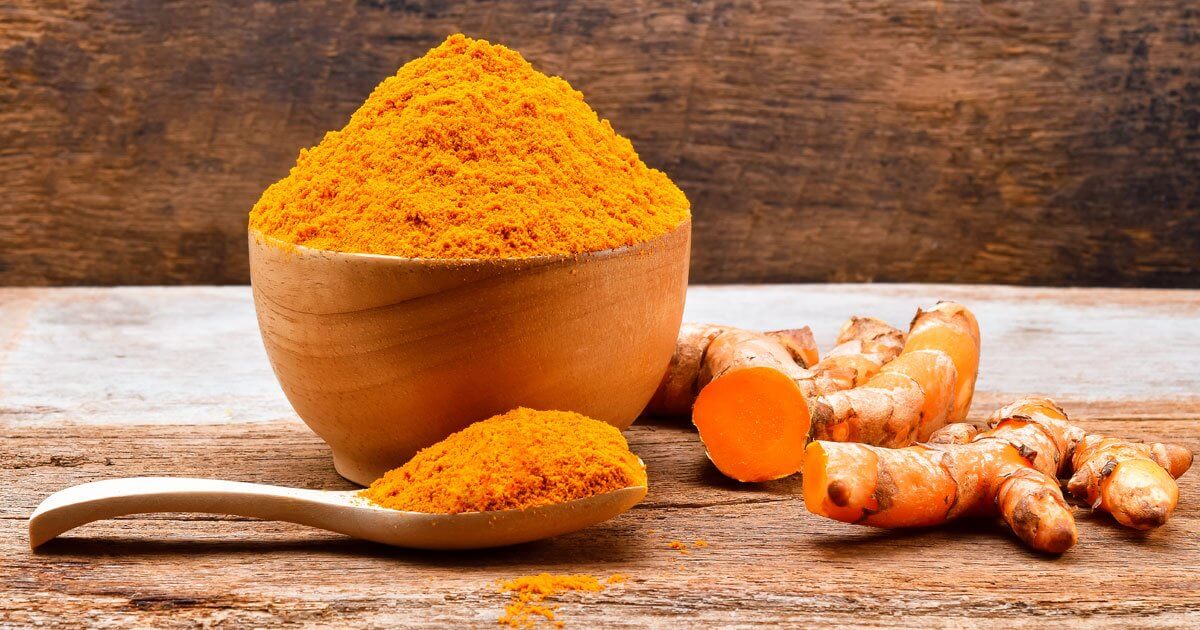
The yellow spice turmeric is commonly used in the cuisines of the Middle East and Southeast Asia. It is also the source of the yellow color used to dye the traditional robes of Buddhist monks. The compound that gives turmeric its color is curcumin, which also has anti-inflammatory properties. Curcumin has been found to work against the inflammation caused by arthritis, diabetes, and other chronic illnesses. Curcumin supplements are available that provide higher levels of this compound than the spice alone. It is also suggested that, in cooking, turmeric should be used in combination with black pepper. A compound, piperine, in the pepper improves the absorption of curcumin by the body.
Tomatoes
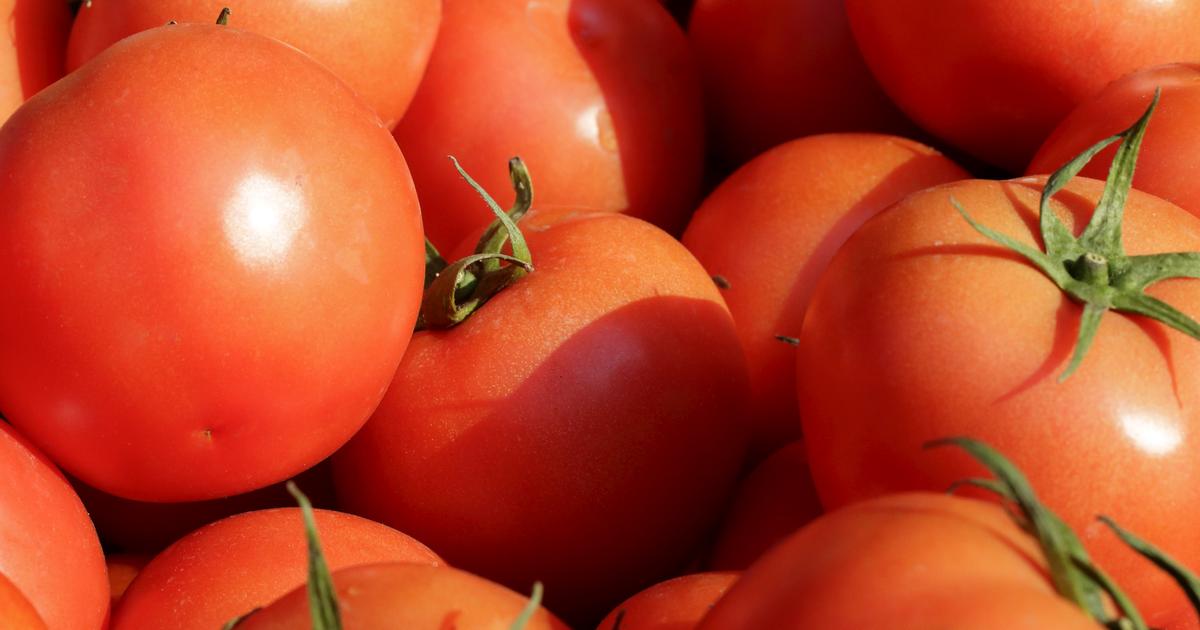
Most individuals consider tomatoes to be a healthy vegetable. However, in botanical terms, a tomato is more closely related to a blueberry or cranberry. They also include many of the healthy compounds of other berry varieties such as antioxidants and polyphenols. In terms of anti-inflammatory properties, the most important compound in a tomato is the antioxidant lycopene. This is the chemical that gives a tomato its red color. It also lowers the general level of inflammation in the body by slowing down several inflammatory processes. For better results in treating inflammation through diet, cook tomatoes in extra virgin olive oil. Lycopene is fat-soluble, so cooking in oil improves its absorption by the body.
